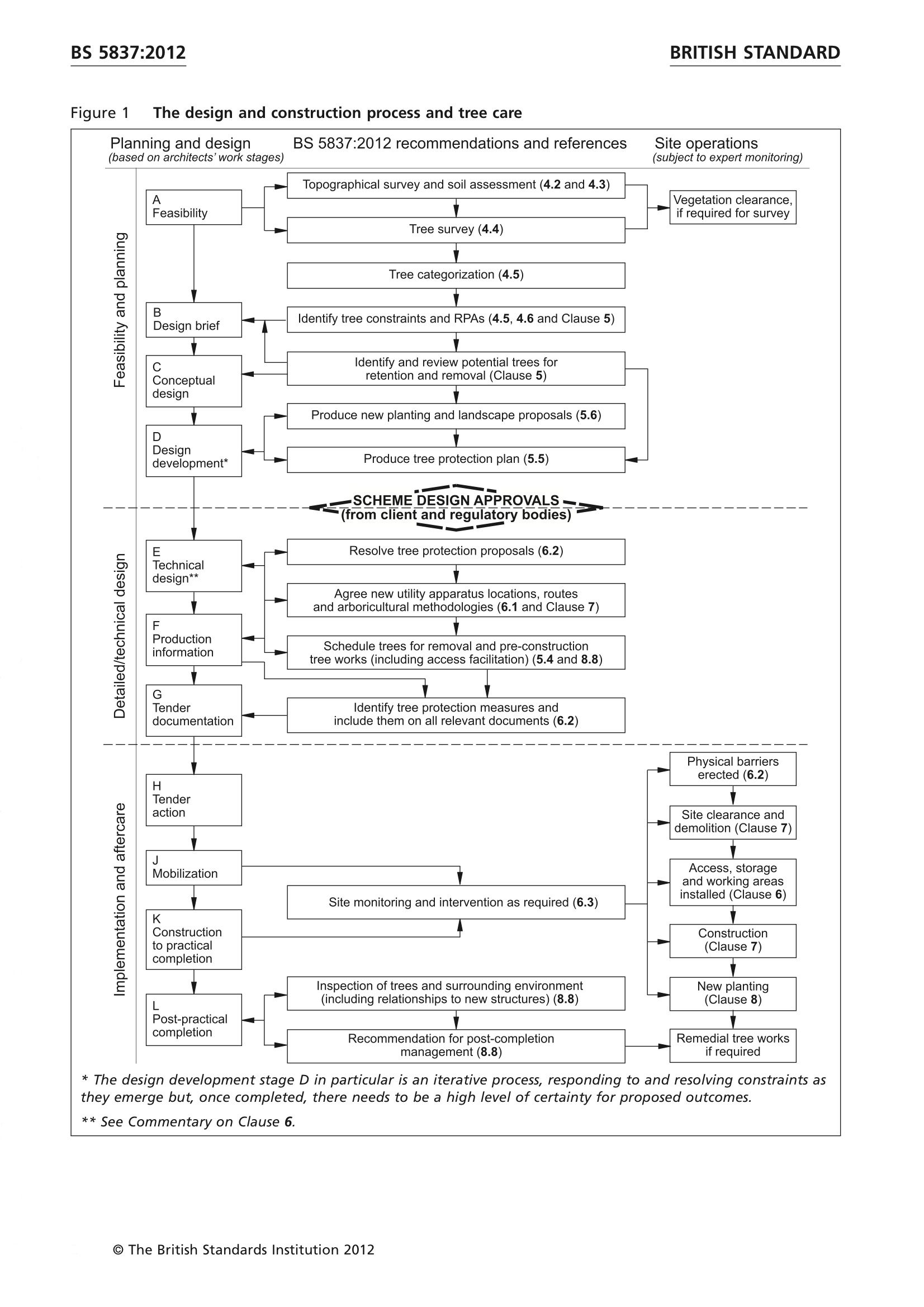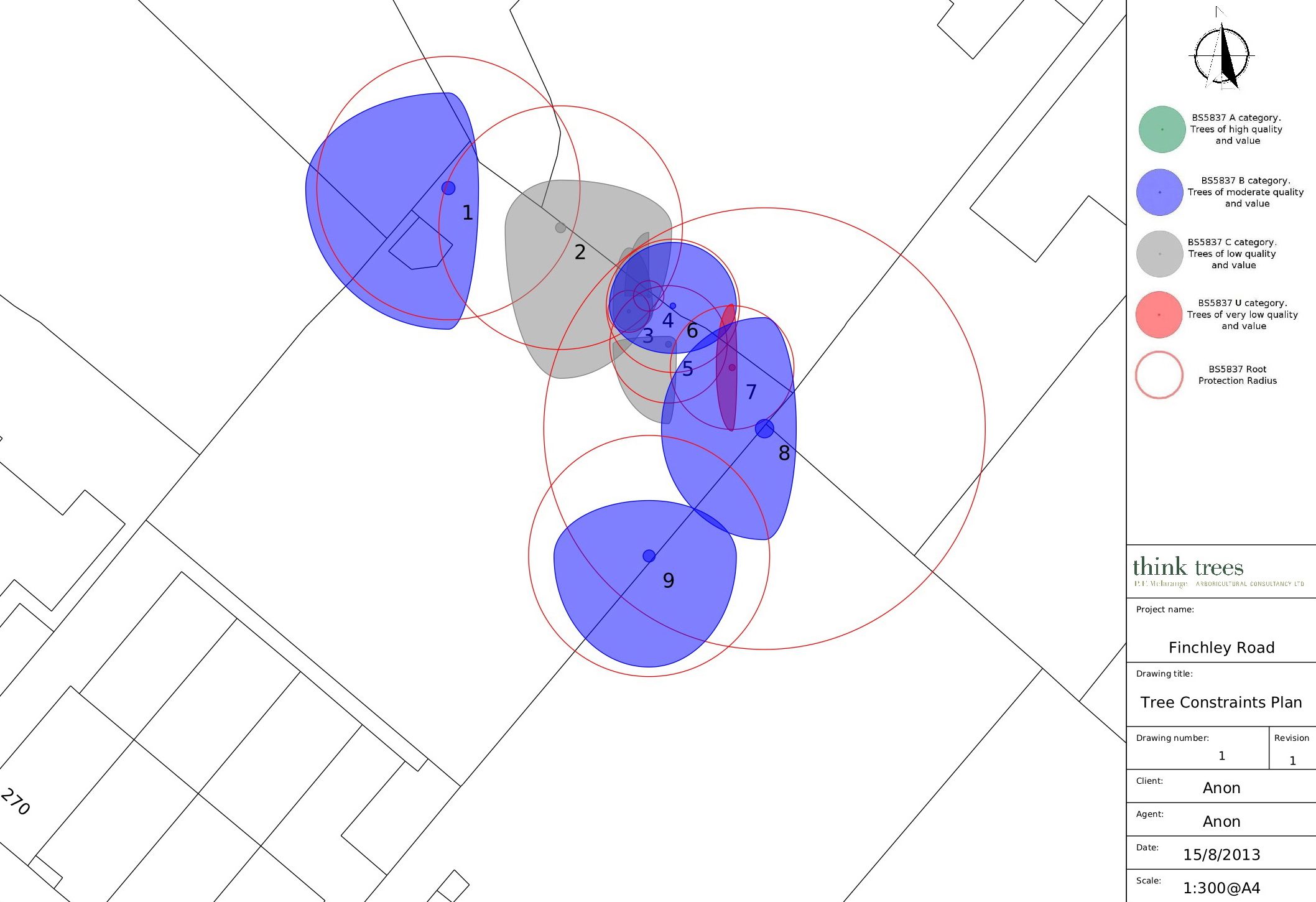Pre-development arboricultural reports
Trees form a material consideration in the planning process. Consequently, planning applications for building and/or development, where trees are present on or near to the site, are generally required to include a pre-development arboricultural report in accordance with British Standard 5837:2012 (Trees in relation to design, demolition and construction – recommendations). We provide arboricultural advice and services at all stages of a project: from pre-design consultancy to tree management during construction.
Following the completion of the final design/layout of the development an arboricultural impact assessment can be undertaken. The purpose of this is to evaluate the direct and indirect effects that the proposed development may have on the adjacent trees and, where necessary, formulate appropriate protection for those trees. The methods and techniques that will be utilised during the project, to ensure that the trees remain suitably protected, are then illustrated in a tree-protection plan and listed in an outline method statement.


We appreciate that, occasionally, designs for projects are finalised without realising that an arboricultural report is required, and is only brought to light when the application fails to be validated. Although not ideal, in many cases, we are able to work through, retrospectively, the stages detailed in the British Standard and produce the necessary information required to fulfil the requirements of the planning application.




